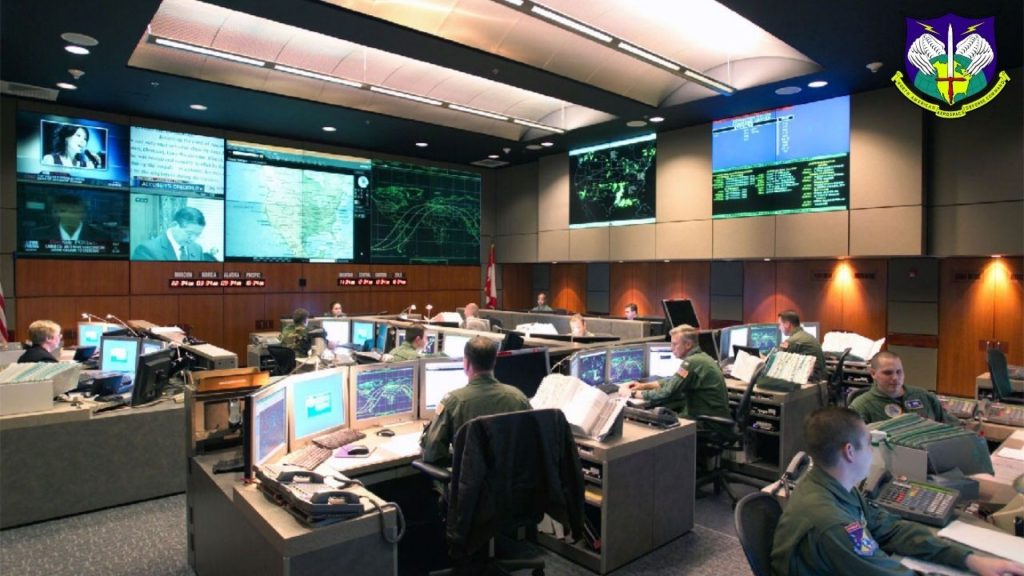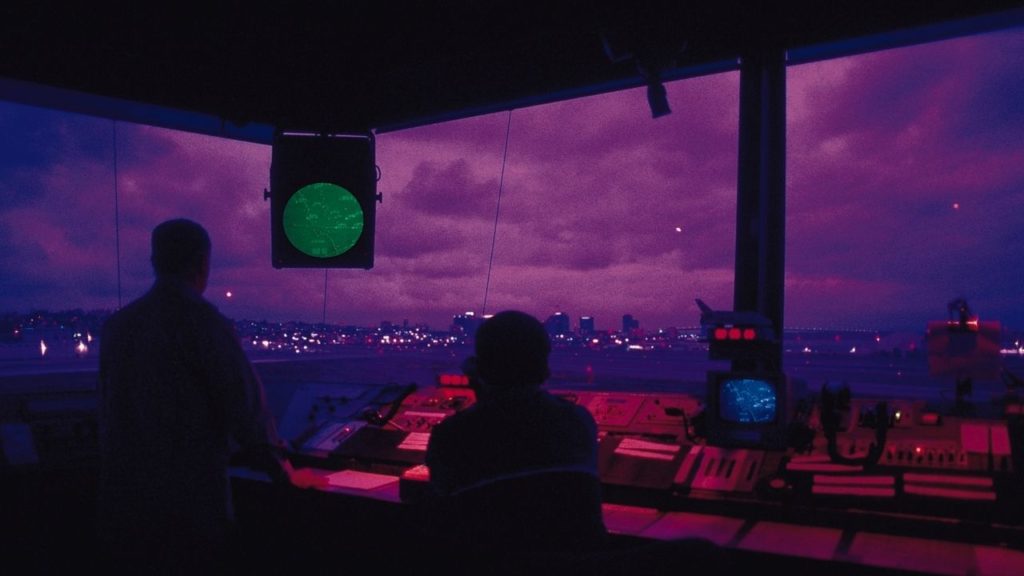This article will go through my opinion the three most reliable and potential best sources for the evidence behind the enigmatic UAP phenomenon. The director of National Intelligence (DNI) and the secretary of defense have just a couple of weeks to provide armed services committees and the congressional intelligence and with an unclassified report about UAP or “unidentified aerial phenomena.” Update: The report has been released on June 25, 2021.
The DNI produces the President’s Daily Brief (PDB), a top-secret document including intelligence from all the Intelligence Community agencies, given each morning to the president. And according to the Senate intelligence committee’s directive, the upcoming UAP report must contain detailed analyses of UFO data and intelligence collected by the Office of Naval Intelligence, the Unidentified Aerial Phenomena Task Force, and the FBI.
It must also describe in detail “an interagency process for ensuring timely data collection and centralized analysis of all unidentified aerial phenomena reporting for the Federal Government” and select an official responsible for that process. Furthermore, the submitted report should be unclassified, though it can and will undoubtedly contain a classified annex.

What Are The Best Sources of Information Regarding Unidentified Aerial Phenomenon?
I will name three intelligence collection systems operated by the US government that could help unravel the vexing UAP phenomenon. The US possesses, even at an unclassified level, a massively capable intelligence apparatus. Yet, I think little if any effort has been made to use “national technical means” for purposes of identifying or tracking these UAPs. Older data can provide a time-series perspective and may help answer vital questions regarding these UAPs.

The Three Best UAP Collection Sources
NORAD keeps a database called the “Unknown Track Reporting Database” and “Unknown Track Reporting System” relevant to assessing the UAP phenomenon. Unknown Track data is organized at a regional or sector level and a consolidated (i.e., NORAD HQ) level. The NORAD reporting holds detailed information on the behavior of “Unknown Tracks” and “NORAD Remaining Unknowns,” including time and date, detection sites involved, and whether combat aircraft were scrambled to engage detected targets.
OPREP-3 Reports are an additional reliable source of information distinct from NORAD aerospace defense reporting. And this system is used by all military branches to report “ongoing” and “urgent” events to higher echelons. USAF – OPREP-3 reports are sent to the Air Force Service Watch Cell (AFSWC) and the National Military Command Center (MNCC).

Air Traffic Controllers (ATC), which staff the Federal Aviation Administration’s (FAA) airspace management sites, operate under a series of FAA Orders. Those orders establish doctrine and the “Area Airspace Management System (AAMS).” Air traffic controllers at these FAA sites coordinate with the USAF and NORAD when fighter jets are scrambled to visually identify those unknown UAPs causing NORAD alerts and “Unknown Tracks.”
The US Navy has acknowledged the UAP phenomenon is a real thing, and US fighter pilots are asking for action out of concern for pilot safety and national security. What are your thoughts about these potential sources to gather UAP information? Are there more sources?

